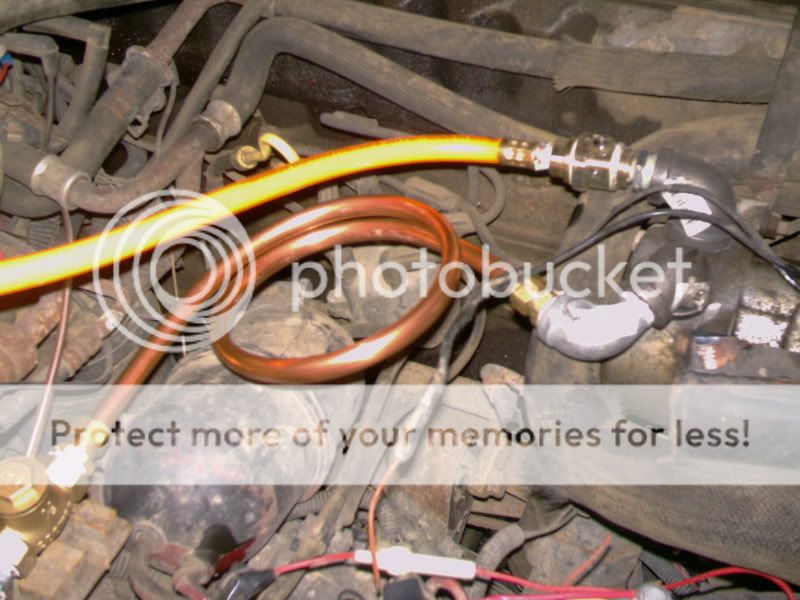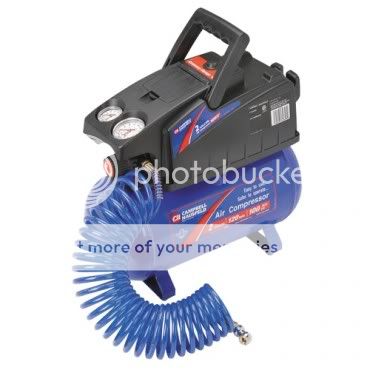VAhasnoWAVES
NAXJA Forum User
- Location
- Lake City, Mi
'97 w/ 4.0 (can anyone help identify my compressor?)
ive been looking to turn my AC compressor into a air compressor. i work at a hardware store so it looks like my biggest expenditures will be the tank itself. my system doesnt have freon in it, it leaked out a couple years ago. i still have yet to jump the compressor and make sure the clutch is operating and test it to make sure its moving air... BUT, onto the questions.
- the inline tool oiler goes on the input side... but it seems to me like its a small unit, though i really know nothing really. haha! does it have to be checked often enough to be an inconvenience or is it really not a problem? is there a larger model someone might suggest? i assume standard air tool oil works fine?
- the air/water separator... it would seem to me like it would be a good idea to simply recycle what it catches into the oiler and essentially create a closed unit that keeps itself oiled. i guess this is a bad idea (i see no one doing it) because it also separates moisture taken in by the compressor too i assume? this means the separator needs to be drained as well right?
- let me see if ive got my pressure swith wiring correct:
(+) terminal > inline fuse > toggle switch > pressure switch > compressor
and then.... where? haha, sorry, im electrically ignorant! haha. im assuming a ground? back to the (-) terminal or grounded somewhere on the body?
- if i were to buy a tank with multiple ports (say a viar) i could essentially eliminate the need for a manifold correct? in post #9 of this thread someone mentions draining the tank? what is this about? and why would you have to tilt it? if its just air couldnt you just pull on the relief valve until it was empty?
im sure ill have more questions, but these are the big ones for now. and im sure i can figure out the plumbing as well.
ive been looking to turn my AC compressor into a air compressor. i work at a hardware store so it looks like my biggest expenditures will be the tank itself. my system doesnt have freon in it, it leaked out a couple years ago. i still have yet to jump the compressor and make sure the clutch is operating and test it to make sure its moving air... BUT, onto the questions.
- the inline tool oiler goes on the input side... but it seems to me like its a small unit, though i really know nothing really. haha! does it have to be checked often enough to be an inconvenience or is it really not a problem? is there a larger model someone might suggest? i assume standard air tool oil works fine?
- the air/water separator... it would seem to me like it would be a good idea to simply recycle what it catches into the oiler and essentially create a closed unit that keeps itself oiled. i guess this is a bad idea (i see no one doing it) because it also separates moisture taken in by the compressor too i assume? this means the separator needs to be drained as well right?
- let me see if ive got my pressure swith wiring correct:
(+) terminal > inline fuse > toggle switch > pressure switch > compressor
and then.... where? haha, sorry, im electrically ignorant! haha. im assuming a ground? back to the (-) terminal or grounded somewhere on the body?
- if i were to buy a tank with multiple ports (say a viar) i could essentially eliminate the need for a manifold correct? in post #9 of this thread someone mentions draining the tank? what is this about? and why would you have to tilt it? if its just air couldnt you just pull on the relief valve until it was empty?
im sure ill have more questions, but these are the big ones for now. and im sure i can figure out the plumbing as well.




